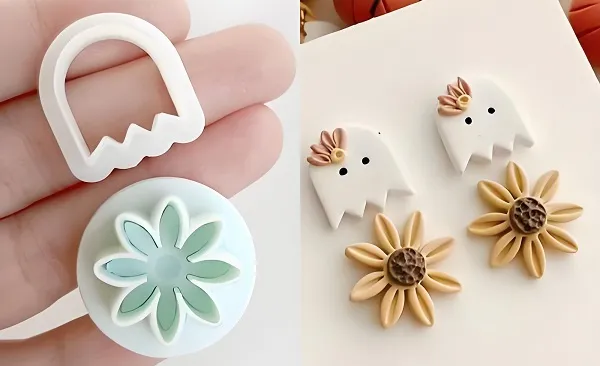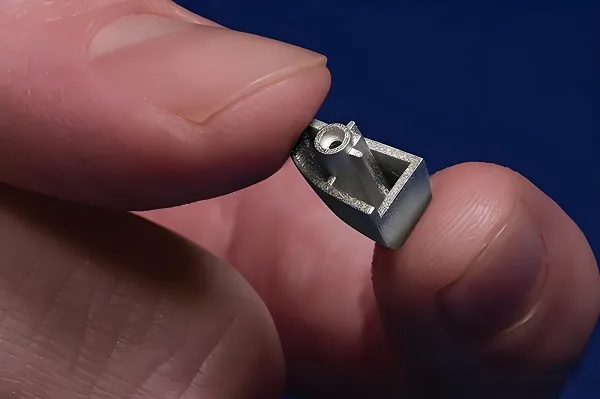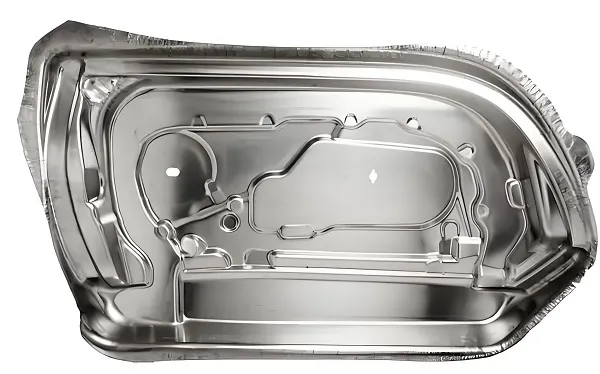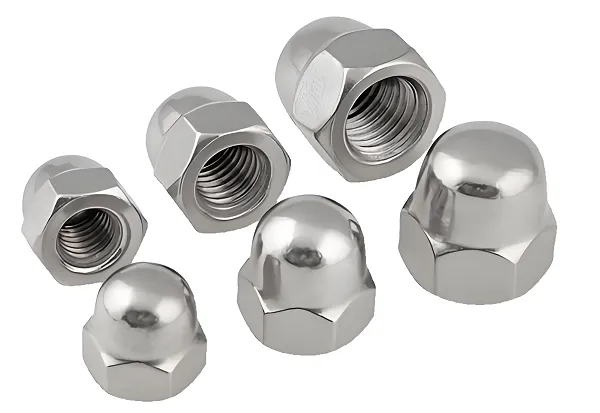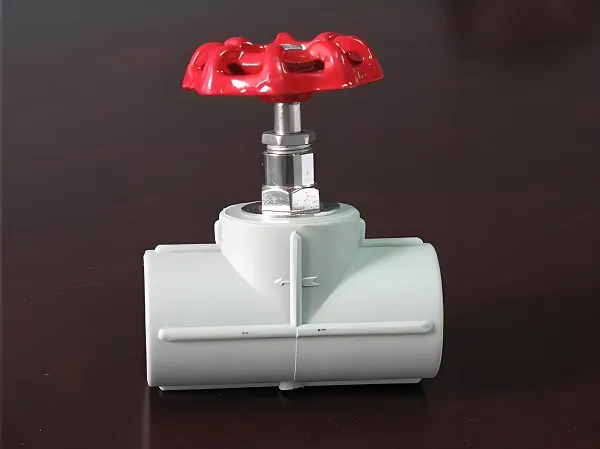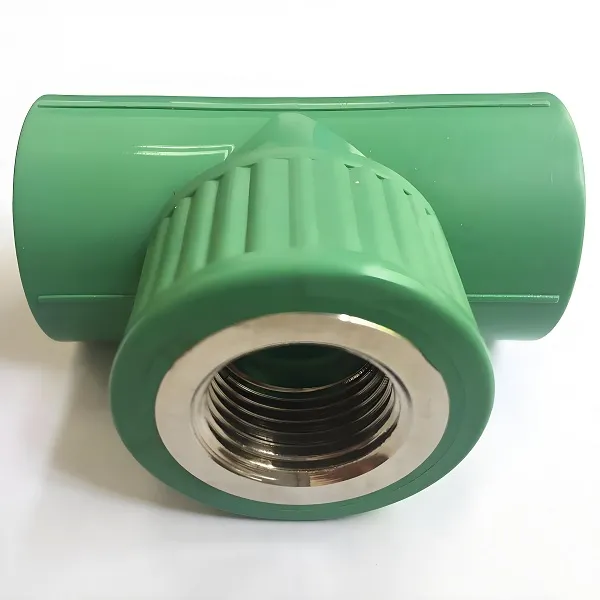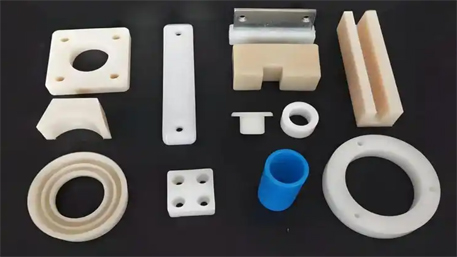
I. Overview of Injection Molding Technology
1.1 Definition and Historical Evolution
Injection Molding is a manufacturing process in which molten materials are injected into a mold cavity under high pressure and then solidified through cooling to obtain products. Its history can be traced back to 1872 when John Wesley Hyatt invented the first plunger – type injection molding machine for the production of celluloid products. In the 1950s, the screw – type injection molding machine developed by the German company Arburg increased production efficiency by more than 300%, laying the foundation for modern injection molding technology. According to a 2024 report by Grand View Research, the global injection molding market size has reached $334.8 billion, with the automotive industry accounting for 36% and consumer electronics accounting for 28%.
1.2 Industry Application Map
In the medical device field, injection molding can achieve the manufacturing of microfluidic chips with an accuracy of 0.01mm. In the automotive industry, a case in point is the instrument panel assembly of the Volkswagen ID.4 electric vehicle. Through multi – material co – injection technology, the number of assembled parts has been reduced from 32 to 1. In the consumer electronics field, a typical example is the ear tips of Apple AirPods Pro, which use liquid silicone rubber (LSR) injection molding to achieve an ergonomic sealing structure. This technology has penetrated into more than 80% of plastic product production scenarios.
(Note: Schematic diagram of a typical injection molding process flow)
II. Analysis of Core Technologies
2.1 Process Principles and Key Technologies
A complete injection molding cycle consists of five stages:
Plasticizing stage: The screw rotation speed is controlled at 50 – 200 rpm, and the melt temperature error must be ≤ ±2°C.
Injection stage: The pressure range is 700 – 1500 bar, and the speed accuracy requirement is ±0.5 mm/s.
Holding pressure stage: Compensate for the shrinkage rate, and the pressure gradient control determines the dimensional stability of the product.
Cooling stage: The mold temperature difference is controlled within ±1°C, accounting for 60% of the entire cycle time.
Ejection stage: The ejection system needs to balance a draft angle of 0.05 – 0.15 mm.
In terms of innovative technologies, Micro Injection Molding can achieve precision parts with a wall thickness of 0.1mm, such as the gear components of insulin pumps; the Gas – Assisted Injection Molding (GAIM) technology reduces the weight of automotive door handles by 40% and shortens the cooling time by 30%.
2.2 Material Systems and Selection Logic
Performance matrix of commonly used engineering plastics:
In the application of special materials, Bayer’s Makrolon® polycarbonate is used to manufacture industrial goggles that meet the EN 166 standard, with a light transmittance of 92%; Solvay’s Amodel® PPA resin is used to manufacture fuel pipeline connectors that can withstand long – term high temperatures of 135°C.
III. Realization Path of Service Customization
3.1 Customized Development Process
The case of an insulin injection pen of a medical device company shows that the complete development cycle includes:
Requirement analysis stage (2 weeks): Establish a CTQ (Critical to Quality) tree and determine the mechanical requirement that the gripping force of the pen body is ≥ 5N.
Mold design stage (4 weeks): Use Moldflow software for simulation, optimize the layout of 16 cooling water channels, and reduce the warpage from 0.8mm to 0.15mm.
Mold – testing and verification stage (3 weeks): Through DoE (Design of Experiments), determine the optimal process parameter combination: melt temperature of 280°C, holding pressure of 800 bar, and cooling time of 18s.
Mass production stage: Use an Engel victory 280 injection molding machine to achieve a cycle time of 26s and a daily production capacity of 12,000 pieces.
3.2 Breakthroughs in Technical Difficulties
In the two – color injection molding project of automotive lamp covers, the main challenges include:
Material compatibility: The bonding strength between PC and PMMA needs to be > 8MPa.
Mold positioning accuracy: The fit clearance between the moving mold and the fixed mold is ≤ 0.02mm.
Molding stress control: Use a mold temperature controller to control the mold temperature gradient within ±1.5°C.
The solution adopts a modular mold design, equipped with a 72 – point temperature sensing system, combined with a secondary annealing process, increasing the product yield from 68% to 95%.
IV. Industry Development Trends
4.1 Directions of Technological Evolution
In terms of intelligence, KraussMaffei’s APC plus adaptive control system can adjust process parameters in real – time, controlling the weight deviation within ±0.15%. In the field of green manufacturing, Yizumi’s special injection molding unit for bio – based PLA reduces carbon emissions by 42% compared with traditional PP materials.
4.2 Evolution of the Market Structure
The demand for lightweighting in new energy vehicles drives the development of carbon fiber – reinforced plastic (CFRP) injection molding technology. The roof frame of the BMW i3 uses this technology to achieve a 50% weight reduction. Under the trend of miniaturization, Wittmann Battenfeld’s MicroPower series can produce micro – gears weighing 0.0008g with an accuracy reaching ISO 2768 – m level.
4.3 Integration of Cutting – Edge Technologies
In 2024, the 3D – printed conformal waterway mold technology jointly developed by DuPont and Stratasys increased the cooling efficiency by 40%, shortening the production cycle of a radiator shell from 58s to 34s. The application of digital twin technology has reduced the average number of mold debugging times from 7 to 2, reducing the development cost by 35%.
V. Future Outlook
With the advancement of the Materials Genome Initiative, it is expected that self – healing smart polymer materials will emerge in 2026. The EU’s plastics strategy requires the use of recycled plastics to reach 30% by 2030, which will promote breakthroughs in the application of chemically recycled PET in the injection molding field. In the field of space manufacturing, the microgravity injection molding equipment developed by NASA can already form satellite components with stable dimensions in a vacuum environment, opening a new era of extraterrestrial manufacturing.
Injection molding technology is developing in the direction of “smarter, more precise, and more sustainable.”

